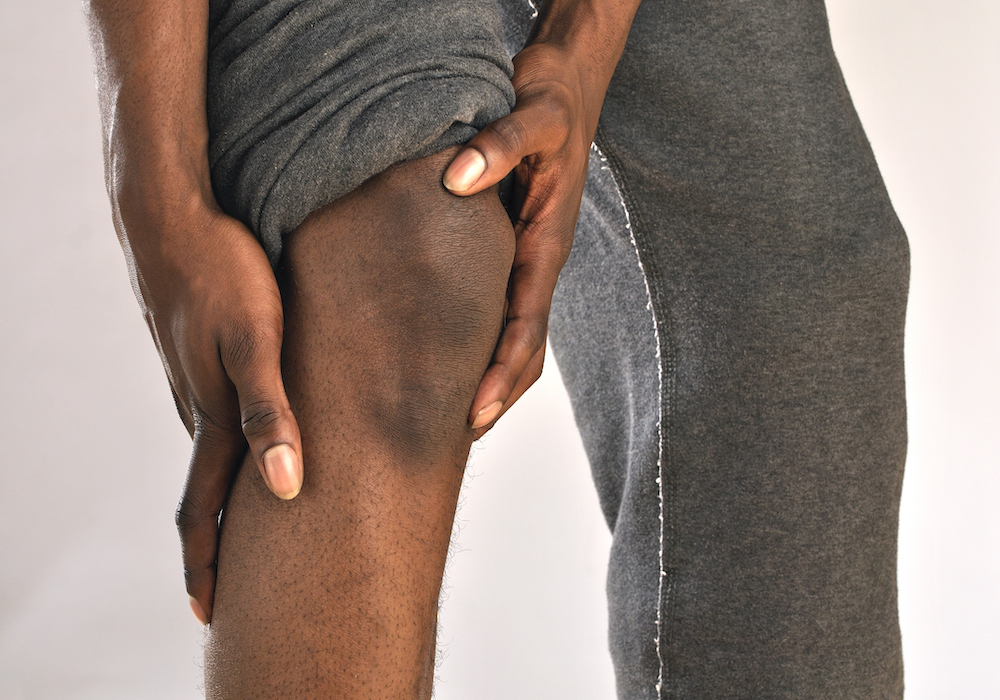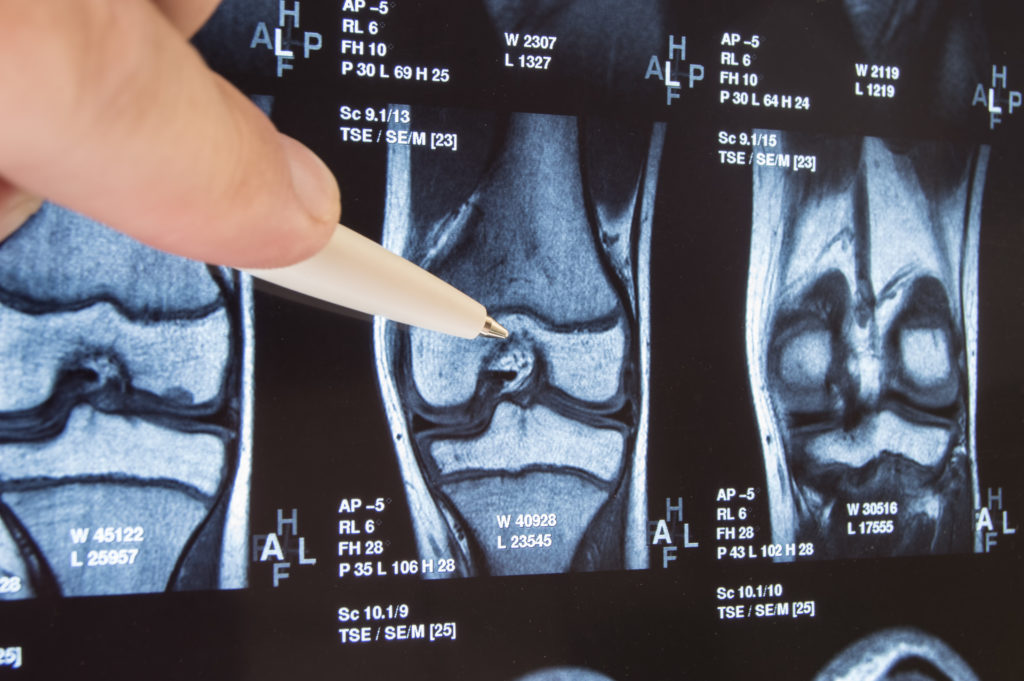THIS IS PART OF THE ULTIMATE GUIDE TO SPORTS MEDICINE
Iliotibial band syndrome is caused when your iliotibial band, or IT band, located on the outer thigh and knee, is overused. This occurs when your knee is repeatedly in a bent position.
Activities that can bring on symptoms are running, cycling, hiking and walking long distances. This syndrome can also be brought on by people new to exercise who do too much, too fast. You will usually feel pain on the outside of your knee.
Anatomy
Your Iliotibial band, or IT band, is a collection of connective tissues running from your pelvis to your shin bone (tibia). These tissues cross both the hip and knee joints. The IT band acts as a stabilization tool for your knee as it flexes and extends. It also connects several muscles in the upper thigh.
What causes iliotibial band syndrome?
IT band syndrome usually is caused by excessive running. It’s most common in young athletes or highly active individuals. There can be several factors that increase your possibility of contracting IT band syndrome.
- Lack of strength or flexibility
- Skipping your warm-up exercises
- Training too much, too fast
- Wearing improper footwear
- Running on improper surfaces
- Cycling with poor form
- Weak hip muscles or glutes
- Poor running form
- Weak core muscles

What are the symptoms of an IT band injury?
There are many symptoms of IT band syndrome. Depending on your level of pain, each case can vary. Symptoms will usually start shortly after you injure yourself. The most common symptoms are:
- Sharp or burning pain just above the outer part of the knee
- Pain worsening with continued activity
- Swelling occurring on the outside of the knee
- Pain when bending your knee
- Pain lingering after exercise
- Tenderness in your glutes
- Redness or warmth around the outer part of your knee
- A snapping or popping sound on the outside of your knee
How is IT band syndrome diagnosed?
If your pain doesn’t subside or it worsens in the days or a week following the first time you felt it, it’s recommended to see a doctor so further damage is prevented.
To determine whether you have IT band syndrome, your physician will ask you for a complete medical history, have you describe your symptoms and conduct a physical examination. An X-ray or MRI may be necessary to confirm the diagnosis and determine if there are other problems.
How do you heal your IT band?
The best way to stop your IT band from hurting is rest. Surgery is very unlikely treatment. Resting from the activity that aggravated the injury in the first place is essential to recovery. Continuing to use your IT band may cause further damage. If you follow your physician’s non-operative directions, your IT band should heal on its own.
Some treatment options may include:
- Rest from activity
- Over the counter pain medication
- Ice
- Foam rolling the outside of your thigh
- Sit less
- Consider new athletic shoes
- Stretch
- Massage the injured area
With adequate rest and other treatment, your IT band should be fully healed within six weeks.
Learn more about non-operative care at OrthoIndy.
Schedule an appointment
Your well-being is important to us. Click the button below or call us to schedule an appointment with one of our orthopedic specialists. If your injury or condition is recent, you can walk right into one of our OrthoIndy Urgent Care locations for immediate care. For rehabilitation and physical therapy, no referral is needed to see one of our physical therapists.





